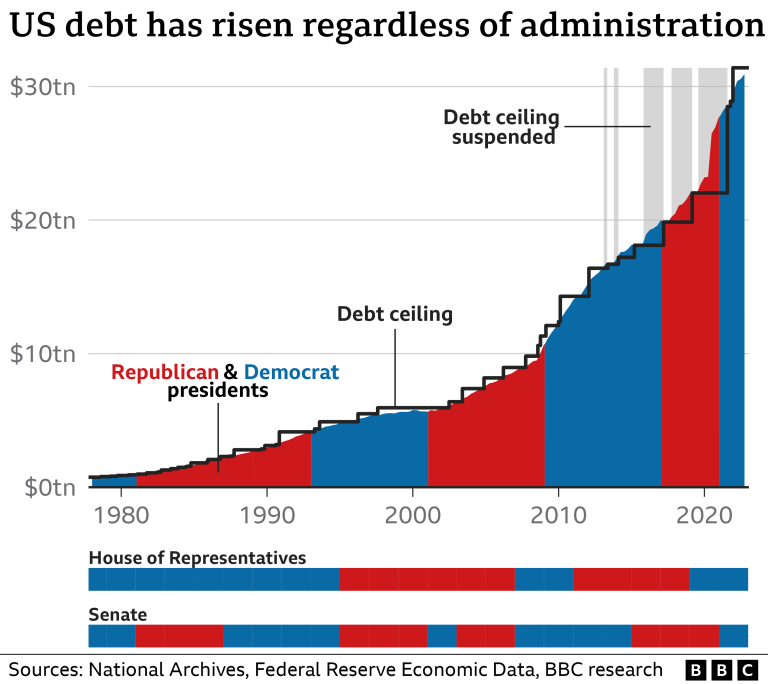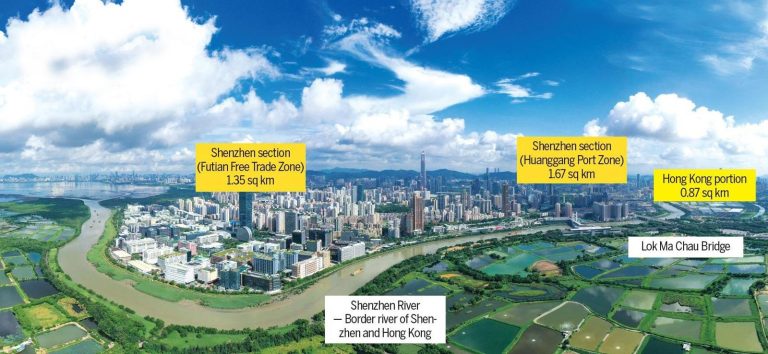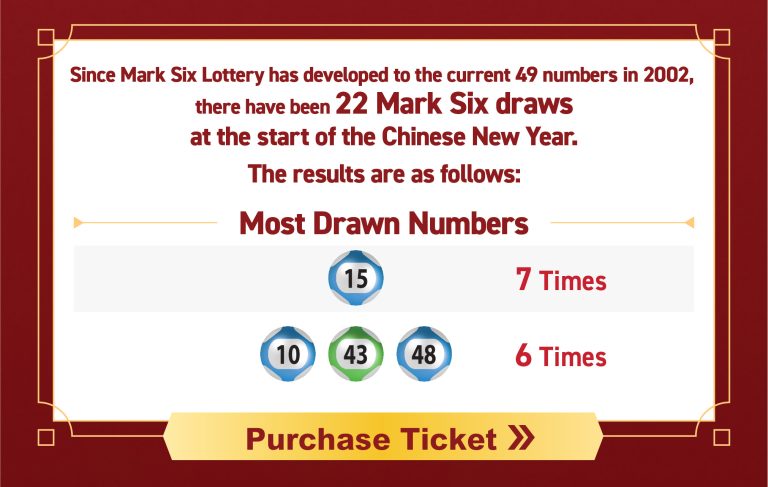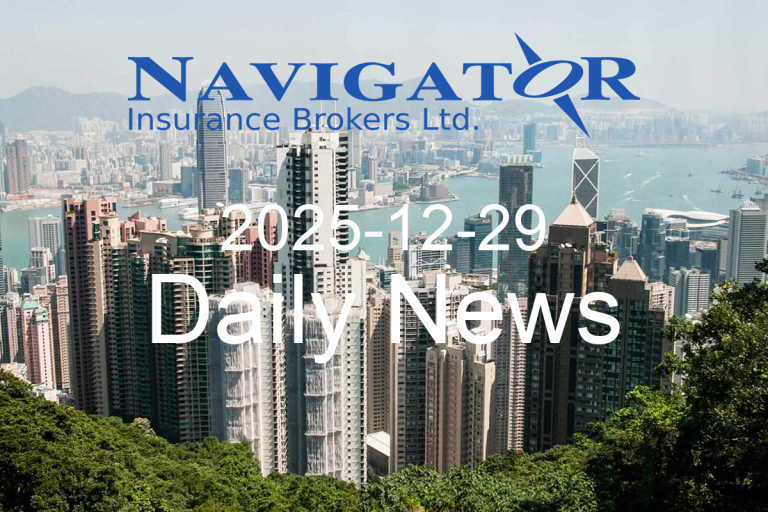Tsunami Alert: Understanding the Potential Impact on Hong Kong
When nature speaks, it’s crucial to listen carefully. On July 30, 2025, the Hong Kong Observatory (HKO) issued a critical tsunami warning that demands our attention. Following an 8.8-magnitude earthquake in Russia, coastal residents and authorities are on high alert for potential wave activity that could significantly affect local maritime conditions.
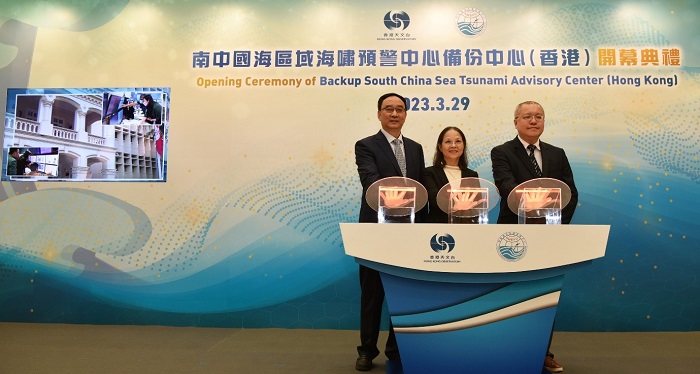
The HKO’s precise forecast indicates waves may reach Hong Kong around 5:00 PM, with an anticipated impact that’s more nuanced than alarming. Experts predict the tsunami waves will marginally exceed normal tide levels by approximately 0.1 meters or less—a subtle but important distinction that underscores the importance of careful monitoring.
What makes this warning particularly interesting is the potential for recurring wave patterns. The HKO warns that these waves could recur at intervals ranging from 5 to 60 minutes, creating a dynamic maritime environment that requires continuous observation. This isn’t a single, static event but a potentially evolving situation that demands ongoing awareness.

For those tracking the technical details, the HKO provided specific tide level predictions for Quarry Bay. High water is expected to reach 1.82 meters above Chart Datum at 12:46 PM, with low water anticipated at 0.82 meters above Chart Datum by 6:58 PM. These precise measurements offer context for understanding the potential tsunami’s minimal deviation from standard tide patterns.
The earthquake’s regional impact becomes even more apparent when examining tsunami heights recorded across Japan. In Ishinomakiko, Honshu, waves reached 0.5 meters, while Oarai, Honshu, experienced 0.4-meter waves. Hanasaki, Hokkaido, saw slightly smaller waves at 0.3 meters. These variations highlight the complex nature of tsunami propagation and the importance of localized monitoring.
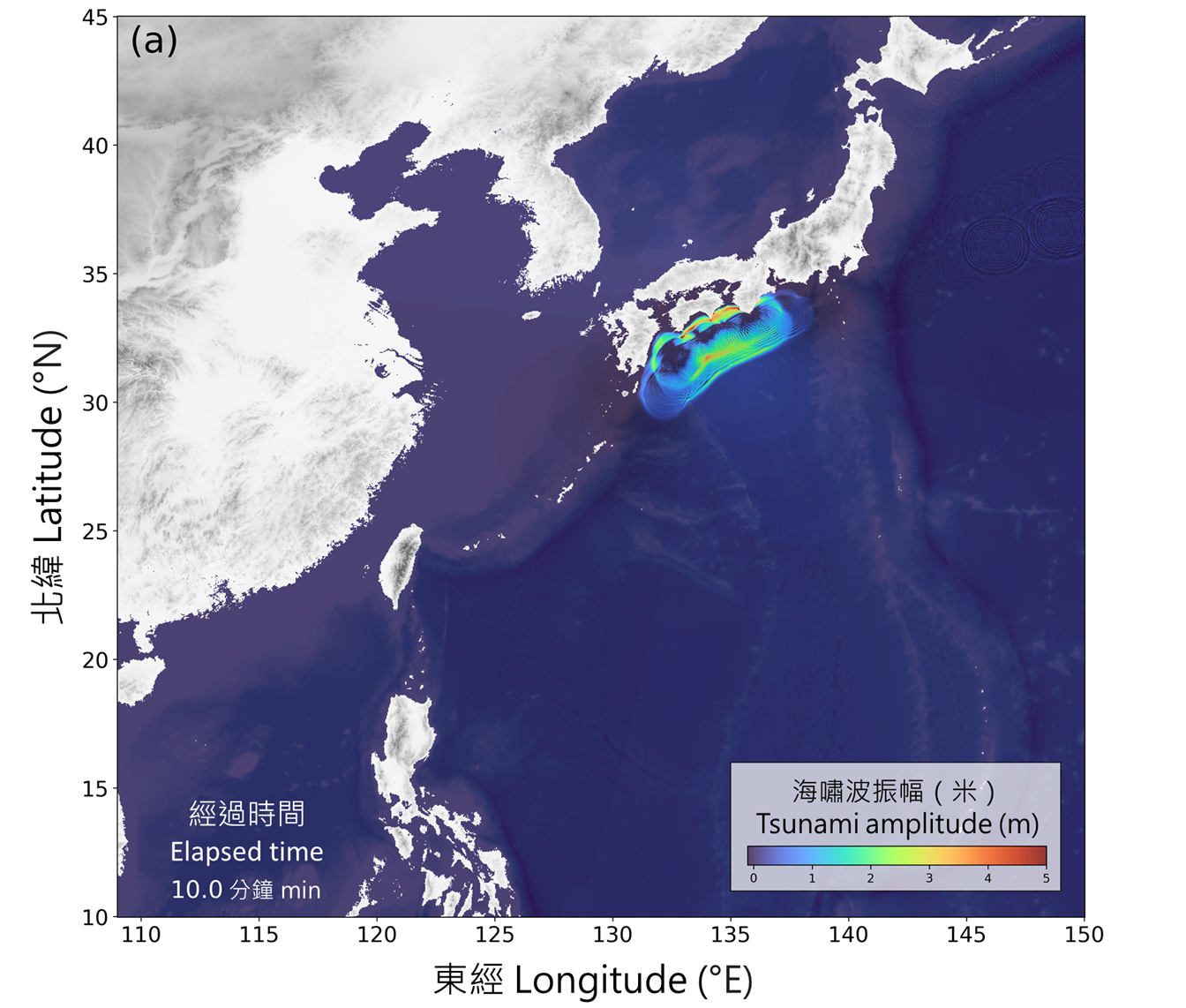
While the current forecast suggests minimal disruption, the event serves as a powerful reminder of nature’s unpredictability. Coastal communities must remain vigilant, staying informed through official channels like the HKO. The ability to interpret and respond to such warnings can make a critical difference in public safety.
For residents and visitors in Hong Kong, this means staying tuned to official updates, understanding local emergency protocols, and maintaining a calm, prepared approach. The current prediction of minimal wave activity doesn’t mean complete dismissal of potential risks.

Scientists and meteorological experts will likely use this event to refine tsunami prediction models, analyzing the wave propagation and regional variations. Each recorded event provides valuable data that enhances our understanding of seismic and maritime dynamics.
The interconnected nature of global geological events becomes evident through such warnings. An earthquake in Russia can potentially impact tide levels thousands of miles away, demonstrating the intricate relationships within our planet’s natural systems.
As the afternoon of July 30, 2025, approaches, Hong Kong stands ready—alert but not alarmed. The HKO’s detailed forecast provides a blueprint for understanding and responding to potential tsunami activity, emphasizing the importance of scientific monitoring and public awareness.
Stay informed, stay prepared, and remember that knowledge is the most powerful tool in navigating nature’s occasional unpredictability.




